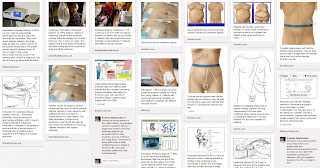People with chronic kidney disease (CKD) have high risk of developing heart disease and dying prematurely. Although heart disease has many causes, damage caused by poor oxygen exchange in the body’scells (oxidative stress) is thought to be a major problem.
People withCKD often have evidence of oxidative stress and this is positively associated with the rate of kidney disease progression. A cochrane systemic review assessed how antioxidant therapy influenced outcomes for patients with CKD. Overall, we found that antioxidant therapy did not reduce the risk of heart disease or death in people with CKD, but that this could vary depending on CKD stage.
There was some evidence to suggest that people on dialysis may benefit from antioxidant treatment, and that these therapies could reduce the risk of kidney disease becoming worse. However, these results are based on very limited evidence and further studies are needed to confirm if antioxidant therapy could be of benefit for people with CKD.
Ardavan Mashhadian D.O.
Nephrologist
1400 S Grand Ave Suite 615, Los Angeles, CA 90015
(213) 537-0328
People withCKD often have evidence of oxidative stress and this is positively associated with the rate of kidney disease progression. A cochrane systemic review assessed how antioxidant therapy influenced outcomes for patients with CKD. Overall, we found that antioxidant therapy did not reduce the risk of heart disease or death in people with CKD, but that this could vary depending on CKD stage.
There was some evidence to suggest that people on dialysis may benefit from antioxidant treatment, and that these therapies could reduce the risk of kidney disease becoming worse. However, these results are based on very limited evidence and further studies are needed to confirm if antioxidant therapy could be of benefit for people with CKD.
Ardavan Mashhadian D.O.
Nephrologist
1400 S Grand Ave Suite 615, Los Angeles, CA 90015
(213) 537-0328



